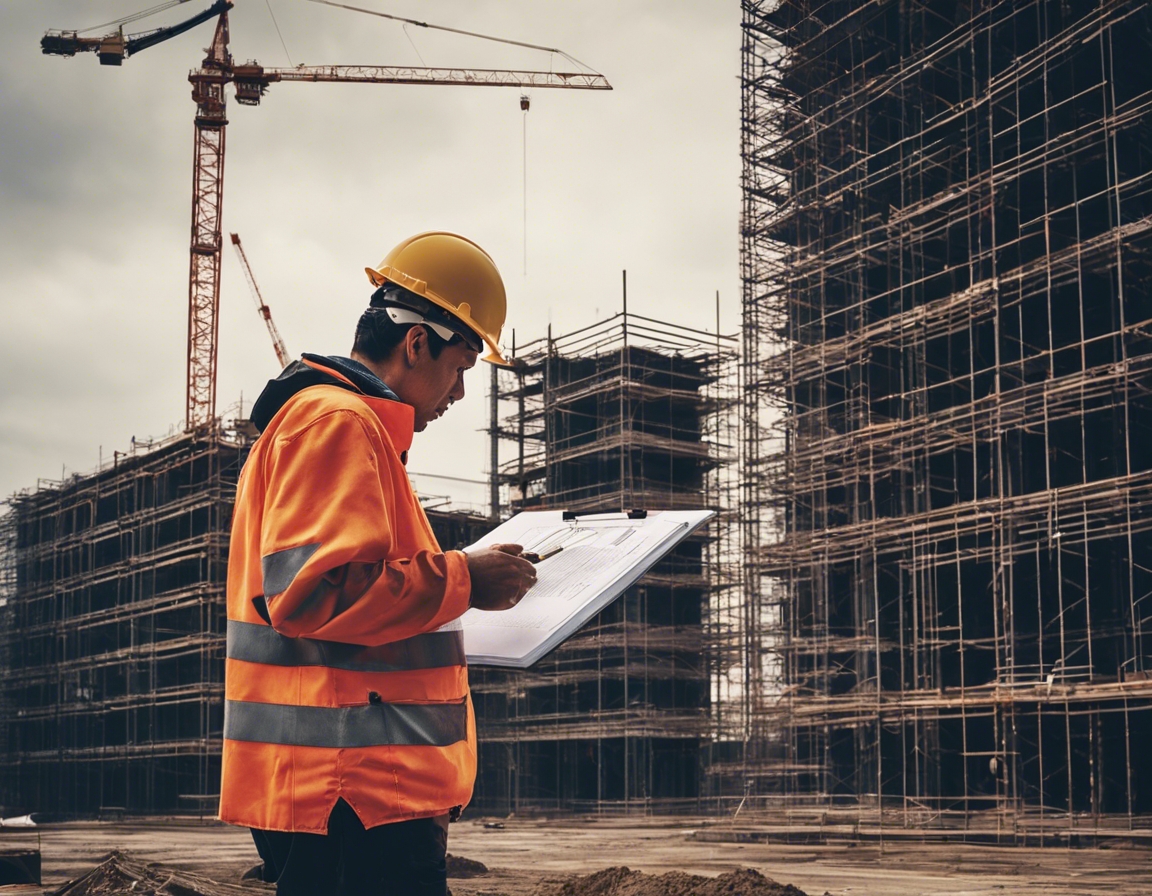5 sustainable construction trends to watch
As the world becomes increasingly aware of the environmental impact of human activities, sustainable construction has emerged as a key trend in the real estate industry. Sustainable construction involves the use of practices and materials that are environmentally responsible and resource-efficient throughout a building's life cycle.
Sustainable construction is not just about reducing the carbon footprint of buildings but also about creating healthier and more energy-efficient living spaces. It encompasses a holistic approach that considers the entire life cycle of a property, from design and construction to operation and demolition.
The construction industry plays a significant role in the global economy, but it also has a substantial environmental impact. By adopting sustainable construction practices, companies can contribute to the preservation of natural resources, reduce waste, and promote a healthier environment.
1. Green Building Materials
The choice of building materials has a profound impact on the sustainability of a construction project. Sustainable materials are those that are sourced, processed, and installed in a manner that minimizes environmental impact.
Materials such as recycled steel, reclaimed wood, and bio-based insulation are becoming more prevalent in construction. These materials reduce the need for virgin resources and lower the overall carbon footprint of a building.
Technological advancements have led to the development of new materials that are both sustainable and high-performing. For example, self-healing concrete and thermally insulating glass are revolutionizing the way buildings are constructed.
2. Energy Efficiency and Renewable Energy Integration
Energy efficiency is at the heart of sustainable construction. Designing buildings to be more energy-efficient reduces the demand for energy and lowers greenhouse gas emissions.
Smart architectural design, including orientation, insulation, and window placement, can significantly reduce the need for artificial heating and cooling. Passive House standards take these concepts to the extreme, resulting in ultra-low energy buildings.
Incorporating renewable energy systems such as solar panels, wind turbines, and geothermal heating into construction projects can further reduce a building's carbon footprint and lead to long-term cost savings.
3. Water Conservation and Management
Water is a precious resource, and its conservation is a critical aspect of sustainable construction. Efficient water use and the implementation of water recycling systems can significantly reduce a building's water footprint.
Low-flow fixtures, rainwater harvesting systems, and greywater recycling are just a few examples of how water can be conserved in construction projects.
Managing stormwater runoff is essential for preventing erosion and water pollution. Green roofs, permeable pavements, and bioswales are examples of green infrastructure that can be integrated into construction to manage water sustainably.
4. Smart Growth and Sustainable Urban Development
As urban populations grow, sustainable urban development becomes increasingly important. Smart growth focuses on creating compact, walkable, and transit-oriented communities that reduce the need for car travel and promote a higher quality of life.
Urban planning that prioritizes sustainability incorporates green spaces, promotes mixed-use development, and supports sustainable transportation options.
Integrating transportation planning with urban design can lead to more efficient and sustainable cities. This includes the development of cycling infrastructure, pedestrian pathways, and public transit systems that are accessible and convenient.
5. Emphasis on Indoor Environmental Quality
Indoor environmental quality (IEQ) is an essential component of sustainable construction. IEQ focuses on creating indoor environments that are healthy, comfortable, and productive.
Using non-toxic materials, ensuring proper ventilation, and controlling indoor pollutants are all practices that contribute to better IEQ.
Modern HVAC systems are more efficient and effective at maintaining optimal indoor air quality. Innovations such as smart thermostats and air purification technologies are becoming standard in sustainable construction.






Comments (0)